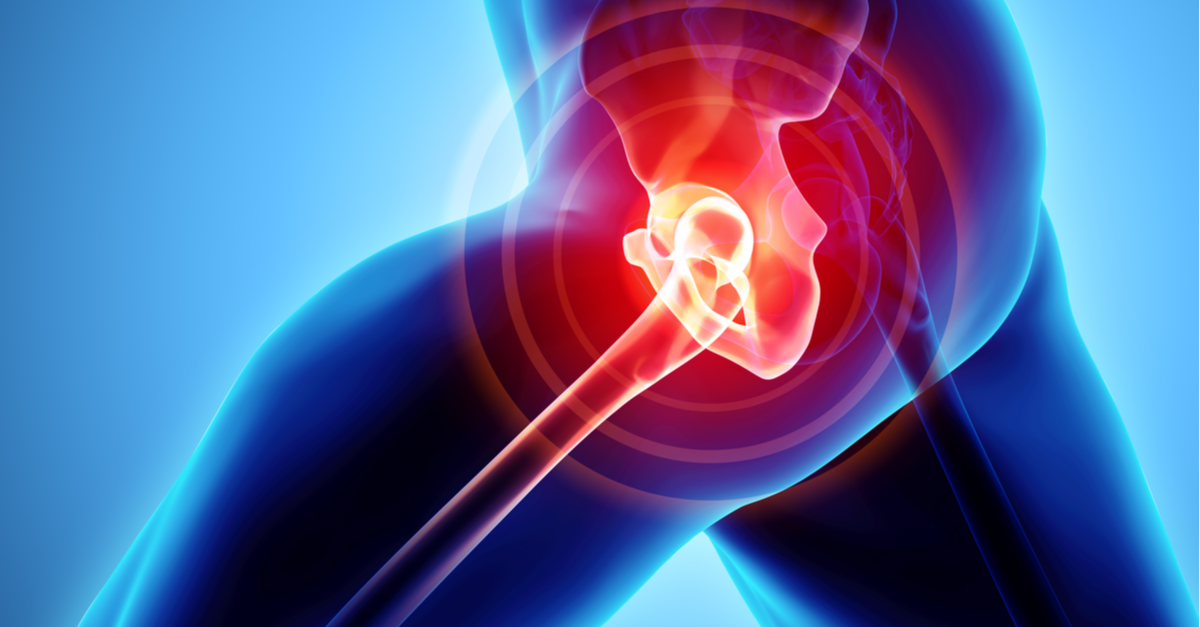With the world’s population aging, there is a growing demand for hip, knee, and spinal implants. The short lifespan of the current implants means added discomfort and healing time for recipients who need to replace them, on average, every 15 years.
Innovative manufacturers are researching 3D printed metal implants to offer a more durable and longer-lasting device that just might save the medical industry the money it so urgently needs.
The emerging field of additive manufacturing is the new frontier for companies like Stryker Orthopedics, a leading medical manufacturer with worldwide sales of $12+ billion. The benefit? The implants are made with 3D porous surfaces that resemble the look of the real thing – bone. There are no screws or adhesives, so the stability in the long term is incredibly better.
Human bones are living material that adjusts itself when stressed. Traditional implants are made of stiff material. When implanted, the surrounding bone remodels itself and loosens the implant, which may eventually lead to failure.
The difference when using a 3D porous surface is it becomes filled with living bone, and the body accepts it well. The bio-integration means the implant can be fit perfectly to the bone.
As orthopedic R&D expert, Chris Sutcliffe, Professor at the University of Liverpool explains, there is a much broader market for sized implants – it’s like buying shoes, with an assortment of sizes available. That means the surgeon can choose from the implant stock in hospitals.
The manufacturing process starts with creating a complex CAD model. The data gets integrated into the build preparation software, and then prepared for the machine. Incredible amounts of data are collected from sensors in the machine each day (one terabyte per day). Once the process creates the implant, the team can use the sensor data to evaluate whether it is useful for future production.
The goal now is to increase the machine speed to reduce costs. Machine speed and improved ease of use, are some challenges facing the 3D bone business.
The most serious difficulty is how complicated it is to create the CAD design. Once the design is solid, the manufacturing process is routine.
A spin-off market for this manufacturing process is Veterinary implants. If a Springer Spaniel shows a predisposition for a certain weakness, like elbow injuries, the manufacturer produces products to fit a range of sizes for a specific breed.
The future is unlimited for Additive Manufacturing, and as the processes improve, it will revolutionize the orthopedic implant industry. The 3D bone sector is wrestling with the same issues that traditional manufacturing focuses on – lower cost, speed of production, and quality results. With the added benefit of biotechnology, they may have an edge.
For people who have been in pain and suffering for years, they often get implants at around 70 years old. With the durability of 3D printed bones, they can get them earlier and have a far better quality of life.
About the author: Qixas Group is a leading Microsoft certified partner for the Dynamics ERP Community. We focus on making everything your business does easier with technology. Our team of senior professionals has improved productivity and profits for over 1500 Microsoft Dynamics customers.
Attribution: Topic inspired by themanufacturer.com’s interview with Chris Sutcliffe, Professor at the University of Liverpool.


